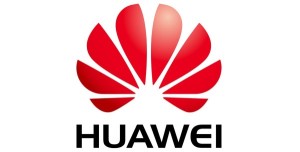 Chinese networking giant Huawei announced yesterday that it plans to spend a minimum of $600 million (£373 million) over the next five years on 5G – the next-generation network that is already being hailed as the successor to 4G.
Chinese networking giant Huawei announced yesterday that it plans to spend a minimum of $600 million (£373 million) over the next five years on 5G – the next-generation network that is already being hailed as the successor to 4G.
Huawei said the investment will go towards a range of key enabling technologies, including the research of ‘air-interface’ technology.
While there is no fixed definition available for 5G yet, the Shenzhen-headquartered company predicts it will be 100 times faster than today’s 4G networks and capable of achieving peak data rates of 10Gbps, before it becomes commercially available in 2020.
“There are several issues that must be resolved before 5G can become a reality,” said Huawei CEO Eric Xu. “These include the availability of spectrum and technological challenges, such as how to engineer network architectures capable of handling increasingly higher data volumes and transmission speeds necessary to accommodate more users on the network.”
Xu claimed that 5G will enable people to download high-definition movies in one second.
Huawei has been looking at 5G since 2009 and is one of several companies backing the ‘5G Innovation Centre’ being built at the University of Surrey. The £35m centre – announced last year and backed by the government and the likes of BT and Samsung – is due to be up and running by 2015, with over 250 researchers and students.
The UK government and the EU are pressing on with 5G research even though the rollout of 4G in Europe is behind that of other continents.
The UK’s leading mobile operator, EE, still only offers 4G to 60 percent of the population, while O2 andVodafone, who launched their own 4G services in August, offer 4G coverage in just a handful of cities.





